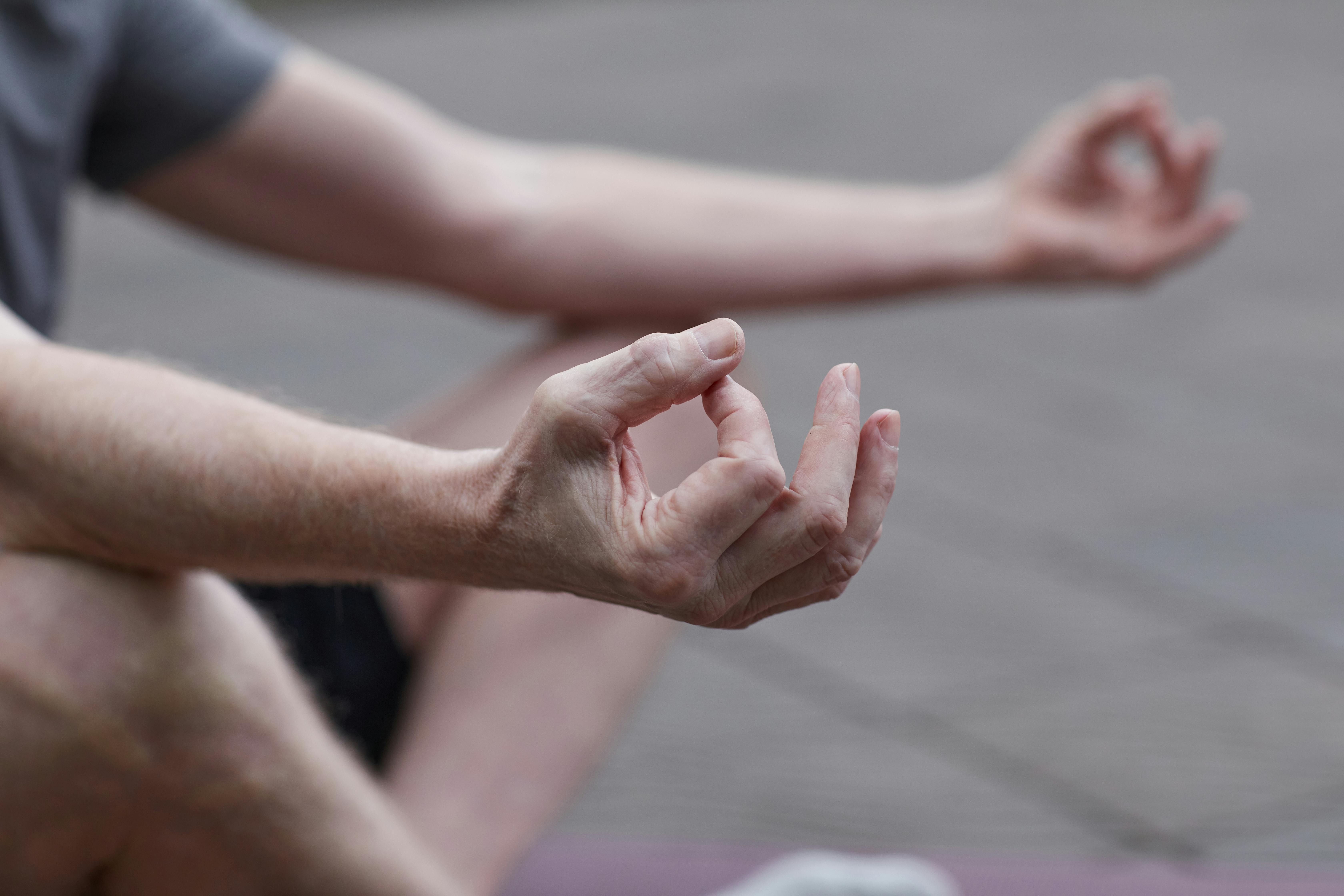Are you curious to know the positive benefits of yoga on traumatized youth? Trauma is something that affects everybody differently. It is a response to an intensely stressful situation or an event.
Trauma can happen at any age, whether you are a young man or an older person; it affects your physical and mental health significantly. Each person faces a different situation during this stressful period, such as anxiety, poor sleep cycle, stress, and many other symptoms.
But now, you don’t need to worry about your mental health or your loved one’s health because healing is possible. Trauma-informed yoga is considered the best couch that helps you in self-awareness and growth, making the best choice for you.
This article explores how trauma-informed yoga therapy is an excellent choice for youth.
What Is Trauma-Informed Yoga?
Trauma-informed yoga is defined as yoga that uses trauma-informed principles to ensure that it is more accessible and safer for everyone, especially those who have experienced trauma. The purpose of trauma-informed yoga is to bring betterment in the physical and mental health of an individual.
Trauma-informed yoga aims to create a safe, supportive environment where students can learn emotional regulation skills through breath and increased body awareness.
Why Youth Needs Trauma-Informed Yoga?
In this modern age, a high ratio of youth are suffering from a lot of trauma, such as anxiety, depression, stress, and many other mental issues, which sometimes lead them toward suicide. In the United States of America, research has been done according to which 61% of adults are dealing with childhood trauma that is associated with a lack of safety.
Trauma in youth causes long-lasting effects that affect their mental and physical health. It also impacts their relationship with friends or colleagues significantly. The purpose of trauma-informed yoga is to bring out youth from such trauma and provide them with a regular and enjoyable life.
By prioritizing safety, predictability, and self-regulation, trauma-informed yoga offers a healing environment for trauma survivors. A supportive environment allows young people to connect with their minds and emotions and encourages self-awareness, self-control, and connection with their bodies.

Critical Components of Trauma-Informed Yoga:
A trauma-informed yoga practice (TIY) addresses the specific needs and symptoms of trauma survivors. The following key components of trauma-informed yoga should be considered:
1- Safe And Secure Environment:
The primary need for trauma-affected people is a safe, secure, and predictable environment. Anything that disturbs them must be kept away. It is vital to avoid potentially triggering actions like physical adjustments or cues that could trigger past trauma in Trauma Informed Yoga (TIY) classes.
2- Self-Regulation:
Trauma-informed yoga always focuses on self-regulation strategies, allowing the individual to take notice of signs of distress and stop as needed. An individual’s experience is emphasized over a prescribed sequence since it is based on their own pace and experience.
3- Use Of Appropriate Language:
In trauma-informed yoga, polite and respectful language should be used with the individuals rather than giving them a command. In TIY, a good communication connection should be built with trauma survivors that provide a respectful environment regardless of talking about their past, background, or anything that takes them toward trauma again.
Use of appropriate language in yoga means avoiding words or instructions that may unintentionally make some people feel unwelcome or uncomfortable, especially those with traumatic experiences. It aims to create a supportive and safe environment for everyone.
4- Awareness of Physical Presence:
In trauma-informed yoga, awareness of physical presence means that the teacher is aware of their movements and actions, ensuring their behavior does not irritate or intimidate trauma survivors. It includes avoiding unnecessary touch and maintaining the privacy of students’ personal space.
The teacher should build an environment where students feel secure and practice yoga without concern.
5- Focus On Person Feeling:
Trauma-informed yoga focuses on how one feels in a pose rather than what they do in that pose. It helps students connect with their body and mind in a secure and grounding way, allowing them to observe sensations and emotions that arise without feeling overwhelmed.
6- Understanding the trauma:
In trauma-informed yoga, the instructors should be experts and trained. Proper training should be provided to them before dealing with the trauma survivors.
They should be trained in understanding the effects of trauma and how it may present in yoga. The minor mistake of an instructor causes a big challenge for trauma. So, only experienced teachers should be hired to practice trauma-informed yoga for students.
The teachers should create a user-friendly and safe environment for their trauma students to practice independently.
Benefits of Trauma-Informed Yoga:
Taking trauma-informed yoga classes provides various advantages. Some of them are:
1- It helps in reducing PTSD symptoms:
According to a report, trauma-informed yoga significantly reduces post-traumatic stress disorder (PTSD).
In the study, it shows that 64 women have PTSD. The women were asked to join trauma-informed yoga or other supportive women’s education.
At the end of the research, it is observed that only 15 women are dealing with PTSD, while the other 16 women in the yoga group have no more PTSD.
2- It helps you feel more connected and balanced:
In trauma, a person feels more stressed, and their muscles are always tense. They can feel safe and secure. Trauma-informed yoga always happens in a safe and secure environment, relaxing and calming individuals.
In TIY, the person is also taught to control and manage the body and whatever is happening in their mind. It helps them relax and be more energetic.
Conclusion:
Before taking any trauma-informed yoga, one must consider the instructor’s experience and previous progress. A good instructor helps you heal faster, while a poor instructor can affect your mental health more.You can take a free session before appointing any instructor to know about them. You can find a good yoga instructor with good ratings and reviews by doing research online. Don’t compromise with the instructor, as your mental health is most important to you.





No comment